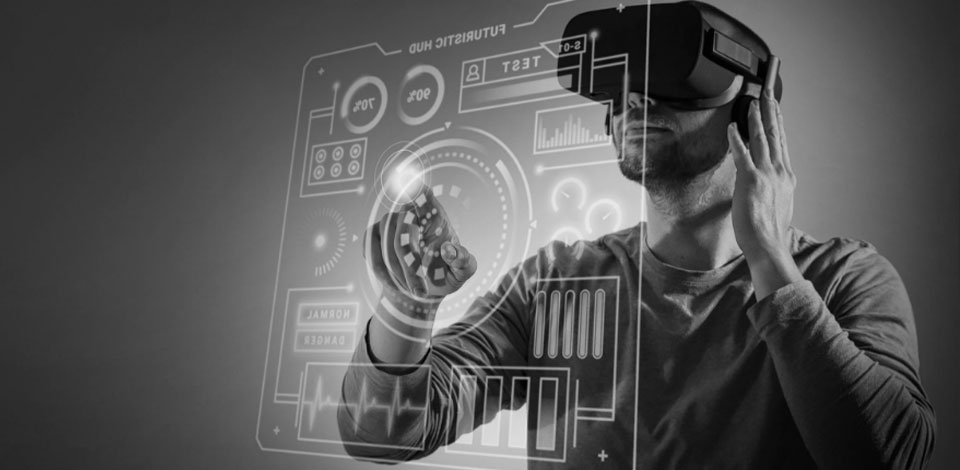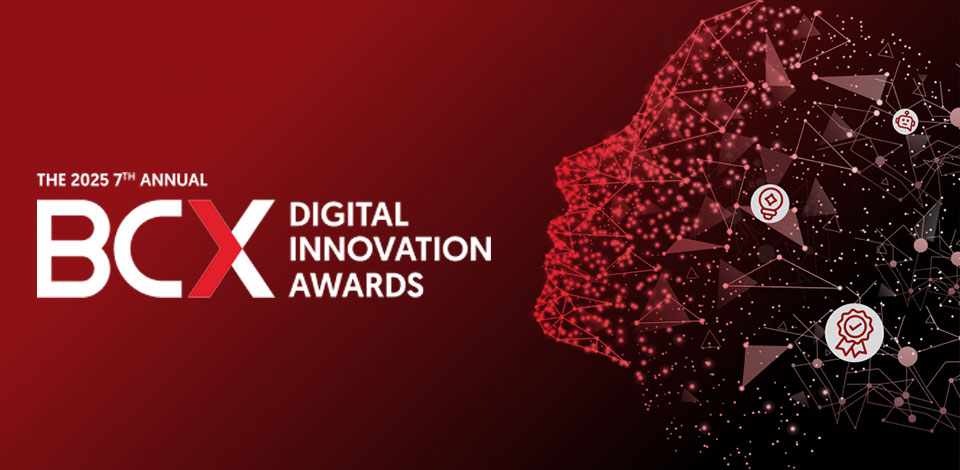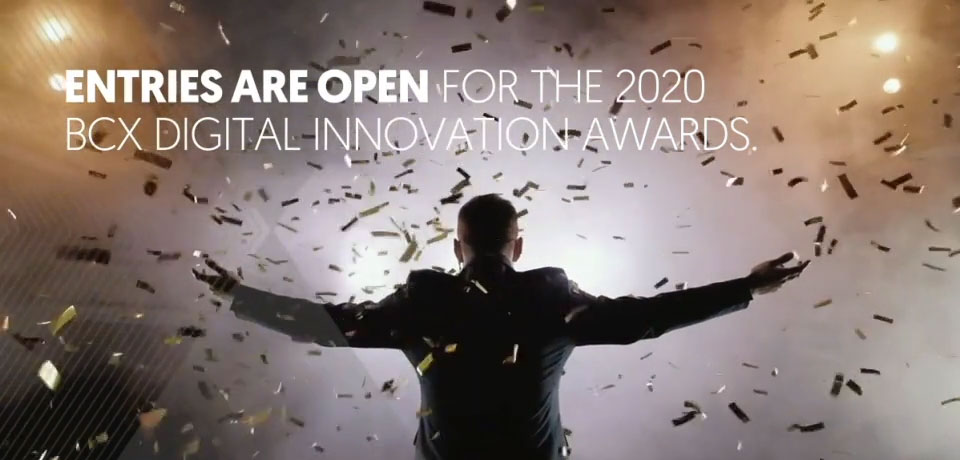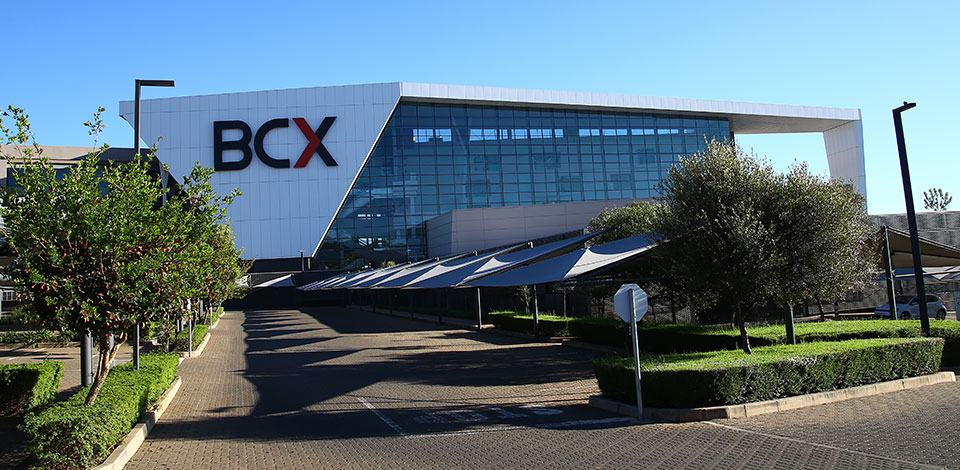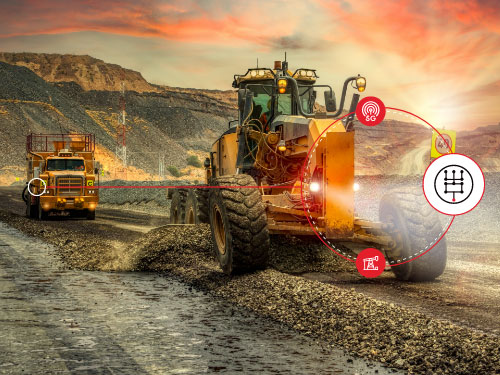
The digital pickaxe: how ICT is unearthing mining’s future
The mining industry, a cornerstone of South Africa’s and Africa’s economies, is undergoing a technological revolution driven by the integration of Information and Communications Technology (ICT). The convergence of cloud computing, artificial intelligence (AI), security technologies and the Internet of Things (IoT) is reshaping how mining companies operate, improving efficiency, safety, and sustainability.
In 2024, South Africa’s mining sector contributed approximately USD 11.2 billion to the country’s GDP, with platinum group metals (PGMs) dominating the industry. Globally, Africa’s vast mineral wealth, including cobalt, gold, and diamonds, positions it as a critical player in the global supply of essential minerals. However, the mining sector is facing rising demand for critical minerals, driven by the global transition to renewable energy and electric vehicles.
In tandem, the ICT sector is growing rapidly both in South Africa and across Africa. The South African ICT market is projected to grow from USD 47.92 billion in 2025 to USD 102.40 billion by 2034, representing a compound annual growth rate (CAGR) of 8.8% according to the South Africa ICT Market Research Report. The African ICT market is expected to reach USD 466.32 billion by 2030 according to the GCC and Africa ICT Market Report by Mordor Intelligence, indicating a robust expansion that is enabling greater digital transformation across industries, including mining.
The impact of ICT on the mining industry
At the forefront of mining’s technological transformation is automation. Autonomous vehicles, drilling machines, and robotic systems are enhancing operational efficiency while reducing the need for human intervention in hazardous environments. Rio Tinto’s Autonomous Haul Trucks exemplify this trend, with over 130 autonomous trucks deployed at their Pilbara iron ore mines. These trucks have moved more than one billion tons of material, reducing operational costs by 15% and fuel consumption by 13%. Robotics are also being deployed for tasks such as ore sampling and underground inspections, significantly improving worker safety.
AI and machine learning are enabling mining companies to make data-driven decisions that optimise operations. Predictive analytics help prevent equipment failures, while algorithms enhance the accuracy of mineral deposit predictions. Caterpillar’s use of AI for predictive maintenance showcases how these technologies are applied in the field. By predicting equipment failures before they occur, Caterpillar has reduced downtime and maintenance costs, improving overall operational efficiency. AI is not only boosting operational efficiency but also improving resource management by providing previously unavailable insights.
IoT is creating smarter, more connected mining operations. Sensors embedded in equipment enable real-time monitoring of performance and environmental conditions. These sensors detect issues before they escalate, reducing downtime and maintenance costs. Hitachi’s Autonomous Haulage Systems use IoT-enabled autonomous trucks and transport vehicles controlled by a centralised digital control system, improving efficiency and safety in mining operations. Additionally, IoT technology enables “smart mines,” where interconnected systems allow for more efficient, safer operations.
Trends and disruptions in mining
The rollout of 5G networks is an emerging trend in mining. The ultra-low latency and high bandwidth of 5G enable seamless communication between mining machines, personnel, and central control systems. For mining companies operating in remote or hazardous locations, 5G connectivity is a game-changer, facilitating real-time decision-making and improved operational coordination.
The increasing reliance on digital technologies heightens the need for robust cybersecurity solutions. The integration of IoT, AI, and cloud computing exposes mining companies to cyber-risks. Attacks targeting sensitive operational data or systems could disrupt operations and damage reputations. Consequently, mining companies must invest in secure infrastructure and adopt best practices to protect critical data.
With rising pressure to operate sustainably, mining companies are leveraging ICT to reduce their environmental impact. AI-powered systems optimise energy consumption, while IoT sensors monitor environmental conditions like air and water quality. These technologies enable better compliance with environmental regulations and help reduce the ecological footprint of mining operations.
What the industry should focus on in 2025
- AI and machine learning for predictive maintenance and resource optimisation
By 2025, mining companies should prioritise adopting advanced AI systems for predictive maintenance. These systems will help prevent costly equipment failures, optimise resource extraction, and enhance safety protocols, all of which are essential for long-term operational success. - Leveraging cloud computing for data management
Cloud technologies will become increasingly important for storing and analysing the vast amounts of data generated by mining operations. Mining companies should invest in scalable, secure cloud solutions that facilitate real-time collaboration, decision-making, and data sharing across geographically dispersed teams. - Investing in cybersecurity
As digital systems become more integrated into mining operations, companies must focus on cybersecurity. This involves implementing encryption, secure access controls, and threat-detection systems to safeguard sensitive data, protect infrastructure and mitigate potential cyber-threats. - Embracing sustainability technologies
In response to growing environmental pressures, mining companies should focus on adopting energy-efficient systems, reducing carbon emissions, and leveraging technology to monitor and mitigate environmental risks. These innovations will be essential in meeting sustainability goals and improving the industry’s reputation. - Expanding remote and autonomous operations
Remote operation capabilities will be crucial to the mining industry’s evolution. By expanding the use of autonomous vehicles and drones, mining companies can reduce the risks associated with hazardous conditions and enhance operational efficiency.
The mining industry is on the verge of a digital transformation, driven by the integration of cloud computing, AI, IoT, and enhanced cybersecurity. These technologies are not only improving operational efficiency, safety, and sustainability, but are also addressing some of the industry’s biggest challenges, such as environmental impact and data security. In 2025, mining companies must embrace these technological advancements while focusing on strategic investments to stay competitive and sustainable in an increasingly digital world.
By adopting AI, IoT, cloud solutions, and prioritising cybersecurity, mining companies can build a resilient and future-ready industry, positioning themselves at the forefront of global efforts to meet the rising demand for critical minerals and contribute to the transition to a low-carbon economy.




